Home>Garden Essentials>How To Remove Algae From A Water Fountain
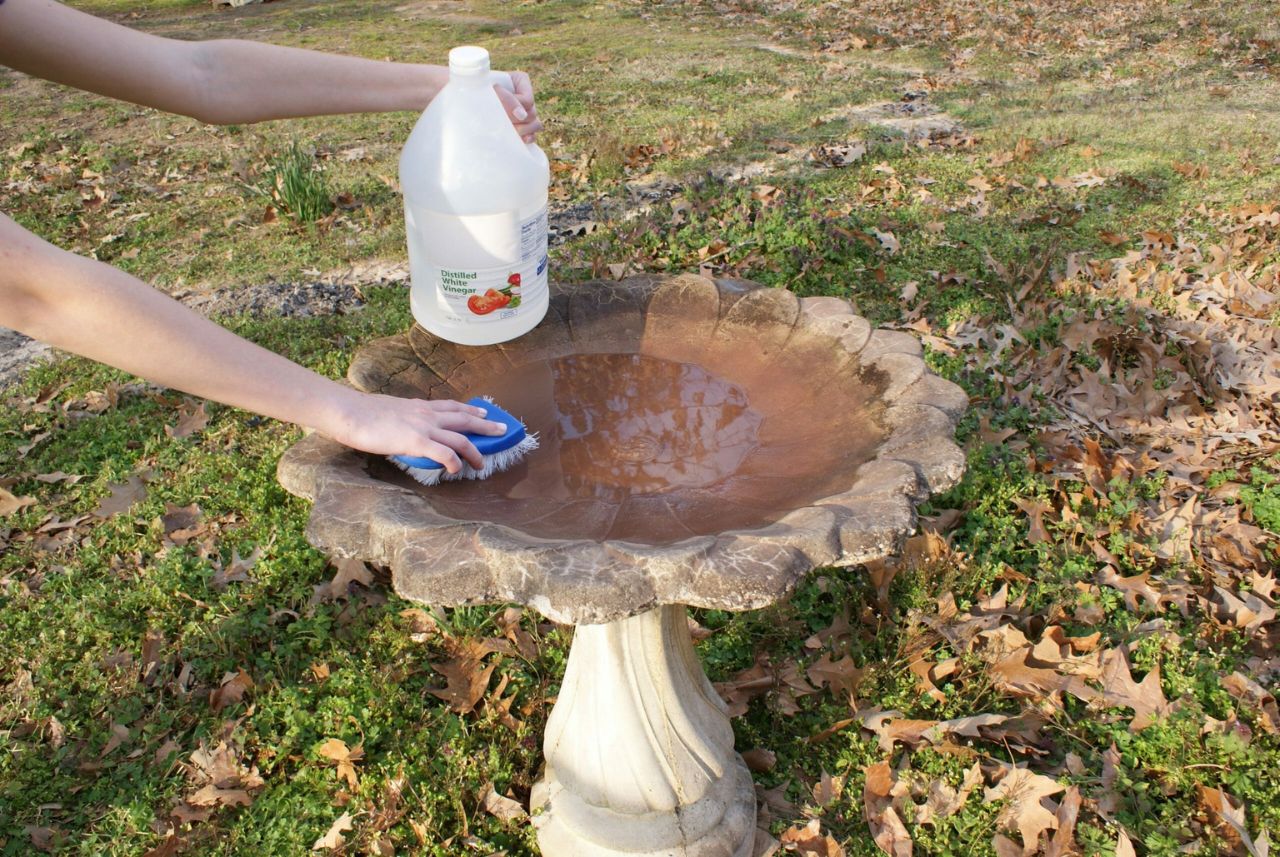

Garden Essentials
How To Remove Algae From A Water Fountain
Modified: August 16, 2024
Learn how to remove algae from your garden water fountain with simple steps and keep it clean and beautiful.
(Many of the links in this article redirect to a specific reviewed product. Your purchase of these products through affiliate links helps to generate commission for Storables.com, at no extra cost. Learn more)
Introduction
Welcome to your comprehensive guide on how to remove algae from a water fountain. Algae growth is a common issue that many garden enthusiasts face, detracting from the beauty of their outdoor space. Algae not only make the water fountain look unsightly, but they can also clog the pump and filters, affecting the functionality of the fountain. However, with the right knowledge and approach, you can easily tackle this problem and restore your water fountain to its pristine state.
Before we jump into the details of algae removal, let’s first understand what causes algae growth in water fountains. Algae are primitive plant-like organisms that thrive in wet and sunny environments. In water fountains, algae growth is fueled by three key factors: sunlight, nutrients, and stagnant water. When these conditions are met, algae can quickly multiply and cover the surfaces of the fountain, turning it into a greenish mess.
Now that we know the causes of algae growth, it’s time to prepare for the algae removal process. Before you begin, make sure you have all the necessary tools and materials on hand. This will ensure a smooth and efficient cleaning process. You will need a scrub brush or sponge, algaecide, a hose or bucket for draining the water, and a soft cloth for cleaning the fountain’s surface. Additionally, wearing gloves and protective eyewear is recommended to keep yourself safe during the process.
With everything ready, let’s dive into the step-by-step process of removing algae from your water fountain. This comprehensive guide will walk you through each stage, from draining the water to cleaning and refilling the fountain. By following these steps, you can say goodbye to algae and welcome back the sparkling, clear water in your fountain.
But don’t stop at just removing the algae; it’s important to take preventive measures to avoid future growth. We will discuss some helpful tips and techniques to keep algae at bay and maintain the cleanliness of your water fountain for the long term.
So, get ready to roll up your sleeves and restore the beauty of your water fountain. Let’s begin!
Key Takeaways:
- Say goodbye to algae by draining, scrubbing, and treating your water fountain with algaecide. Keep it clean and prevent future growth with regular maintenance and preventive measures.
- Keep your water fountain sparkling by removing algae, cleaning the pump and filters, and maintaining proper circulation. Prevent future growth with shade, balanced water chemistry, and aquatic plants.
Read more: How To Clean Algae From Outdoor Fountain
Understanding the Causes of Algae Growth
Before we delve into the methods of removing algae from your water fountain, it’s essential to understand the underlying causes of algae growth. Algae thrive in moist, sunny environments and are fueled by several factors. By gaining insight into these causes, you can take preventive measures to mitigate algae growth in the future.
The first and most prominent factor contributing to algae growth is sunlight. Algae are photosynthetic organisms, meaning they require light to survive and multiply. When your water fountain is exposed to direct sunlight for extended periods, it provides the ideal conditions for algae to thrive.
Next, we have nutrients. Algae feed on nutrients present in the water, particularly nitrogen and phosphorous. These nutrients may come from various sources, such as decaying leaves, organic matter, or fertilizers used in nearby gardens. When the water in your fountain contains an excess of these nutrients, it becomes a breeding ground for algae.
Stagnant water is another crucial factor in algae growth. When water remains still for a prolonged period, it provides a favorable environment for algae to settle and multiply. This is commonly observed in water fountains that lack proper circulation or water flow. Stagnant water also facilitates the buildup of debris and organic matter, further promoting algae growth.
The combination of sunlight, nutrients, and stagnant water forms the perfect storm for algae to thrive in your water fountain. Understanding these causes will help you adopt preventive measures and create an unfavorable environment for algae growth.
In the next sections, we will explore the process of removing algae from your water fountain. By addressing these causes and implementing appropriate cleaning and maintenance practices, you can successfully eliminate algae and keep your fountain looking clean and beautiful.
Preparing for Algae Removal
Before you begin the algae removal process, it is important to prepare yourself and gather all the necessary tools and materials. This will ensure that the cleaning process goes smoothly and efficiently. Here are the key steps to prepare for algae removal:
- Assess the situation: Take a close look at your water fountain and evaluate the extent of the algae growth. Determine if the algae are confined to the surface or if they have spread to the pump and filters as well. This assessment will help you plan the cleaning process accordingly.
- Gather the tools and materials: Make sure you have all the necessary tools and materials at hand before you start cleaning. This will save you the hassle of stopping midway to fetch something you forgot. You will need a scrub brush or sponge, algaecide, gloves, protective eyewear, a hose or bucket for draining the water, and a soft cloth for cleaning the fountain’s surface.
- Choose the right algaecide: There are various types of algaecides available on the market. Look for one specifically designed for water features, ensuring that it is safe for aquatic life and will not harm the plants or animals in your fountain. Read the instructions carefully before using the algaecide to understand the dosage, application method, and any precautions you should take.
- Check the condition of the pump and filters: Inspect the pump and filters for any visible signs of algae growth or clogging. If you notice significant buildup, you may need to clean or replace these components during the process.
- Protect yourself: When working with chemicals and algae-infested water, it is essential to protect yourself. Wear gloves to shield your hands, and use protective eyewear to prevent any splashes from reaching your eyes.
Once you have completed these steps, you are now ready to proceed with the algae removal process. Following the proper preparation ensures that you have everything you need and reduces any potential disruptions during the cleaning process.
Now that you have prepared yourself and gathered the necessary tools and materials, it’s time to dive into the step-by-step process of removing algae from your water fountain. We will guide you through each stage, from draining the water to cleaning and refilling the fountain, ensuring a thorough and efficient cleaning process.
Tools and Materials Needed
Before you begin the algae removal process for your water fountain, it’s important to gather all the necessary tools and materials. This will streamline the cleaning process and ensure that you have everything you need at hand. Here is a list of the essential tools and materials you will need:
- Scrub brush or sponge: You will need a scrub brush or sponge with stiff bristles to effectively remove algae from the surfaces of your water fountain. Choose a brush or sponge that is suitable for use on the material of your fountain, such as plastic, stone, or concrete.
- Algaecide: An algaecide is a chemical treatment designed to kill and prevent algae growth. Look for a specifically formulated algaecide for water fountains. Ensure that it is safe for aquatic life and will not harm the plants or animals in your fountain. Read the instructions and dosage recommendations carefully before applying the algaecide.
- Gloves: It is essential to protect your hands during the cleaning process. Wear a pair of rubber gloves to shield your hands from any chemicals and to maintain hygiene.
- Protective eyewear: Splashes and sprays can occur when working with algae-infested water and cleaning solutions. Wear protective eyewear, such as safety goggles, to protect your eyes from any potential harm.
- Hose or bucket: You will need a hose or bucket to drain the water from your fountain. This will allow you to clean the surfaces effectively without the interference of water.
- Soft cloth or towel: A soft cloth or towel will be useful for wiping down and drying the surfaces of your water fountain after cleaning. Choose a cloth that is gentle and won’t scratch the fountain material.
Having these tools and materials ready before you begin the algae removal process will save you time and ensure that you can tackle the task efficiently. Make sure to read the instructions on the products you are using and follow the safety precautions outlined to protect yourself and maintain the longevity of your water fountain.
With the necessary tools and materials lined up, you are now ready to start removing algae from your water fountain. In the following steps, we will guide you through the process, ensuring a thorough and effective cleaning.
Step 1: Draining the Water Fountain
The first step in removing algae from your water fountain is to drain the water completely. This allows you to clean the surfaces without interference from the water and ensures that you can access all areas where algae may be present. Here’s how to drain your water fountain:
- Turn off the pump: Locate the power switch or knob for your water fountain pump and turn it off. This will prevent the pump from running while the water is being drained.
- Disconnect the power source: If your water fountain is connected to an electrical outlet, unplug it to ensure your safety during the draining process.
- Prepare a draining method: Decide whether you will use a hose or bucket to drain the water. If using a hose, attach it to the drainage outlet of your water fountain. If using a bucket, position it near the fountain to catch the water as it drains.
- Turn off the water supply: If your water fountain is connected to a water supply, such as a hose or pipe, turn off the water source to prevent any additional water from entering the fountain during the draining process.
- Begin draining: If using a hose, open the drainage outlet and let the water flow into a suitable drainage area. If using a bucket, carefully scoop out the water and pour it into the bucket. Continue until the fountain is completely emptied.
It’s essential to drain the water completely, as even a small amount of water left in the fountain can promote algae growth. Once the water has been drained, you can move on to the next step of scrubbing the fountain surface to remove the algae effectively.
Remember to follow any specific instructions provided by the manufacturer for draining your water fountain. This will ensure that you don’t inadvertently damage any components and that the cleaning process goes smoothly.
Read more: How To Remove Green Algae From Decking
Step 2: Scrubbing the Fountain Surface
Now that the water has been drained from your water fountain, it’s time to move on to the next step: scrubbing the fountain surface. This step is crucial as it helps remove any remaining algae on the surfaces, ensuring a thorough cleaning. Here’s how to effectively scrub the fountain surface:
- Select the appropriate scrub brush or sponge: Choose a scrub brush or sponge with bristles that can effectively remove algae without damaging the fountain material. Consider the material of your fountain (e.g., plastic, stone, concrete) and select a brush or sponge suitable for that surface.
- Dampen the scrub brush or sponge: Wet the scrub brush or sponge with water to make it slightly damp. This will help loosen the algae and make the scrubbing process more effective.
- Start scrubbing: Begin scrubbing the fountain surface, focusing on areas where algae growth is most prominent. Use firm but gentle pressure and circular motions to dislodge the algae. Pay extra attention to corners, crevices, and any decorative features where algae may have accumulated.
- Rinse and repeat: Rinse the scrub brush or sponge frequently in clean water to remove any algae residue. This prevents spreading algae back onto the surface as you continue scrubbing. If necessary, apply a mild detergent or a solution recommended for your specific fountain material to aid in algae removal.
- Continue until clean: Repeat the scrubbing process until you have removed all visible algae from the fountain surfaces. Take your time and ensure that all areas are thoroughly scrubbed.
It’s important to be patient and diligent while scrubbing the fountain surface. Removing algae may require some effort, especially if the growth is extensive or stubborn. Take breaks if needed and focus on achieving a clean and algae-free surface.
Once you are satisfied with the results and the fountain surface is algae-free, proceed to the next step of treating the fountain with an algaecide to prevent future algae growth.
Remember to follow any specific instructions provided by the manufacturer for cleaning your particular fountain material. This will ensure that you effectively remove algae without causing any damage to the surface.
Regularly clean and scrub the water fountain to remove algae. Use a mixture of water and white vinegar or a commercial algae remover. Consider adding a fountain cleaner or algaecide to the water to prevent future growth.
Step 3: Treating the Fountain with Algaecide
After scrubbing the fountain surface and removing as much algae as possible, it’s time to treat your water fountain with an algaecide. Using an algaecide is crucial to prevent future algae growth and to keep your fountain clean and clear. Follow these steps to effectively treat your fountain with an algaecide:
- Select the appropriate algaecide: Choose an algaecide specifically formulated for water fountains. Read the product label and ensure that it is safe for use in water features, as well as for any plants or animals that may be present in the fountain.
- Follow the dosage instructions: Read the instructions provided with the algaecide to determine the appropriate dosage for your water fountain. The dosage will depend on the size of your fountain and the severity of algae growth. Measure the algaecide accordingly. More is not always better, so avoid overdosing.
- Apply the algaecide: Carefully pour the measured amount of algaecide into the fountain water. Ensure that it is evenly distributed throughout the fountain. If your fountain has multiple tiers or layers, make sure to treat each section separately to ensure thorough coverage.
- Allow the algaecide to work: Read the product instructions to determine the recommended contact time for the algaecide. Most algaecides require some time to take effect. Leave the algaecide in the water fountain according to the instructions to ensure that it effectively eliminates any remaining algae and prevents regrowth.
- Follow safety precautions: While using an algaecide, it’s important to follow any safety precautions outlined on the product label. This may include wearing gloves, avoiding contact with skin or eyes, and preventing pets or wildlife from accessing the treated water.
By treating your water fountain with an algaecide, you are taking a proactive step to inhibit the growth of algae and maintain a clean environment. Regular use of an algaecide, as recommended by the manufacturer, will help keep your water fountain algae-free and visually appealing for a longer period of time.
After treating the fountain with the algaecide, allow sufficient time for the product to work. Next, it’s time to move on to step 4, which involves removing algae from the pump and filters to ensure optimal functionality.
Remember to read and follow all instructions provided with the algaecide to ensure safe and effective application.
Step 4: Removing Algae from Pump and Filters
Now that you have treated the water in your fountain with an algaecide, it’s important to address any algae growth that may have occurred in the pump and filters. Cleaning these components is essential to maintain proper functionality and prevent clogs. Follow these steps to remove algae from the pump and filters:
- Turn off the pump: Ensure that the power to the pump is turned off and disconnected from the power source to avoid any accidents or damage during the cleaning process.
- Remove the pump and filters: Depending on your water fountain’s design, you may need to access the pump and filters through a removable cover or lid. Carefully remove these components and set them aside for cleaning.
- Inspect for algae growth: Examine the pump and filters for any visible signs of algae growth. You may notice greenish or slimy deposits on the surfaces. Take note of the areas that require attention.
- Scrub and clean the pump: Use a soft brush or sponge to scrub the pump surfaces, removing any algae or build-up. Pay particular attention to the impeller and intake areas, as these can often accumulate significant algae growth. Rinse the pump thoroughly to remove any loosened algae or debris.
- Clean the filters: If your water fountain has filters, rinse them under clean water to remove any algae or debris. If the filters are replaceable, consider replacing them with new ones for optimal filtration and water flow.
- Reassemble the pump and filters: Once the pump and filters are clean and dry, reassemble them back into the water fountain. Ensure that everything is properly fitted and secured.
By removing algae from the pump and filters, you are ensuring that the water flow remains unobstructed and that the fountain operates efficiently. Algae growth in these components can lead to blockages and reduced performance.
Now that the pump and filters are clean, you can prepare to clean and refill your water fountain, which we will discuss in the next step.
Remember to follow any specific instructions provided by the manufacturer for cleaning and maintaining your water fountain’s pump and filters.
Step 5: Cleaning and Refilling the Water Fountain
After successfully removing algae from the pump and filters, it’s time to clean and refill your water fountain. This final step will ensure that your fountain is sparkling clean and ready to be enjoyed. Follow these steps to effectively clean and refill your water fountain:
- Clean the fountain surfaces: Use a soft cloth or sponge to wipe down the fountain surfaces, removing any remaining algae residue or debris. Pay attention to corners and crevices, ensuring that every area is thoroughly cleaned. Rinse the surfaces with clean water to remove any cleaning solution or residue.
- Check for any necessary repairs: Take this opportunity to inspect your water fountain for any signs of damage or wear. Look for cracks, leaks, or loose components. If you notice any issues, address them promptly to avoid further damage.
- Refill the water fountain: With the fountain surfaces cleaned and dry, it’s time to refill it with fresh water. Use a hose or pour water from a bucket carefully to avoid disturbing the fountain’s arrangement. Fill the fountain to the desired water level, ensuring that all components are submerged.
- Restart the pump: Turn on the power to the water fountain pump and make sure it is functioning correctly. Check for proper water flow and listen for any unusual sounds. If the water flow seems weak or disrupted, double-check that the pump is correctly positioned and connected to the water supply.
- Add water treatments: Consider adding water treatments or fountain cleaner to help maintain water clarity and prevent future algae growth. Follow the instructions on the product label regarding dosage and application. These treatments can help maintain the cleanliness of your water fountain between regular cleanings.
Once you have cleaned and refilled your water fountain, take a step back and admire the clean and clear water. The hard work you put into removing algae and maintaining your fountain will pay off in the form of a visually appealing and relaxing feature in your garden.
To keep your water fountain in its best condition, it’s important to establish a regular cleaning and maintenance routine. This routine should include periodic scrubbing, algaecide treatments, pump and filter maintenance, and overall inspection of your fountain’s components.
By following the steps outlined in this guide and maintaining a regular cleaning schedule, you can keep your water fountain free from algae and ensure its longevity and enjoyment for years to come.
Read more: How To Drink From A Water Fountain
Preventing Algae Growth in the Future
Now that you have successfully removed algae from your water fountain and restored its beauty, it’s important to take preventive measures to avoid future algae growth. By implementing these practices, you can maintain a clean and algae-free water fountain. Here are some effective ways to prevent algae growth:
- Keep the water circulating: Algae thrive in stagnant water. Ensure that your water fountain has proper circulation and water flow to prevent algae from settling and accumulating.
- Limit sunlight exposure: Minimize the amount of direct sunlight reaching your water fountain. This can be achieved by strategically placing it in a shaded area or using umbrellas or canopies to provide shade. Reduced sunlight will inhibit algae growth.
- Regularly clean and maintain: Establish a routine for cleaning your water fountain. This includes scrubbing the surfaces, treating with algaecide as needed, and cleaning the pump and filters. Regular maintenance prevents algae from taking hold and becoming a major problem.
- Minimize nutrient sources: Algae rely on nutrients to grow. Limit the introduction of excess nutrients by keeping the water clear of leaves, debris, and excess organic matter. Regularly remove any debris that may accumulate in the fountain.
- Use a fountain cover: If your water fountain is not in use for an extended period, consider using a fountain cover. This prevents sunlight exposure and reduces the chance of debris falling into the water, ultimately minimizing the conditions for algae growth.
- Monitor water chemistry: Regularly test and maintain the water chemistry of your fountain. Ensure the pH and alkalinity levels are balanced. Algae tend to thrive in unbalanced water conditions, so keeping them in check will help prevent algae growth.
- Consider aquatic plants: Introducing aquatic plants to your water fountain can help absorb excess nutrients and limit the availability of resources for algae. Choose plants like water lilies or floating plants that can thrive in the fountain environment.
By following these preventive measures, you can significantly reduce the chances of algae growth in your water fountain. Regular maintenance, proper circulation, and maintaining a balanced environment will contribute to the long-term cleanliness and beauty of your water feature.
Incorporate these practices into your routine and monitor your water fountain regularly to catch any signs of algae growth early. Addressing the issue promptly will make the cleaning process easier and prevent algae from taking over your fountain again.
With a little commitment and ongoing care, you can enjoy a crystal-clear water fountain that enhances the beauty of your garden without the hassle of persistent algae growth.
Conclusion
Congratulations! You have now learned how to effectively remove algae from your water fountain and prevent its regrowth in the future. By following the steps outlined in this comprehensive guide, you can maintain a clean and visually appealing water feature that adds beauty and tranquility to your garden.
Understanding the causes of algae growth, preparing for algae removal, and gathering the necessary tools and materials are important initial steps in the process. Draining the water fountain allows you to access all areas where algae may be present, and scrubbing the surfaces removes stubborn algae buildup.
Treating the water with an algaecide helps prevent future algae growth and keeps the water clear and clean. Additionally, removing algae from the pump and filters ensures proper functionality and water flow.
After cleaning the entire system, refilling the water fountain and adding water treatments or fountain cleaner helps maintain water clarity and discourage future algae growth. By establishing a regular cleaning and maintenance routine, you can prevent algae from taking hold and keep your water fountain in optimal condition.
Remember to implement preventive measures such as maintaining proper circulation, limiting sunlight exposure, minimizing nutrient sources, and monitoring water chemistry. These practices, along with the use of aquatic plants and the occasional use of a fountain cover, will significantly reduce the chances of algae growth in your water fountain.
By following these steps and maintaining regular care, you can enjoy a beautiful and algae-free water fountain for years to come. So, roll up your sleeves, put on your gloves, and give your water fountain the attention it deserves. Sit back, relax, and enjoy the soothing sound and mesmerizing beauty of your clean and clear water fountain in your garden oasis.
Frequently Asked Questions about How To Remove Algae From A Water Fountain
Was this page helpful?
At Storables.com, we guarantee accurate and reliable information. Our content, validated by Expert Board Contributors, is crafted following stringent Editorial Policies. We're committed to providing you with well-researched, expert-backed insights for all your informational needs.
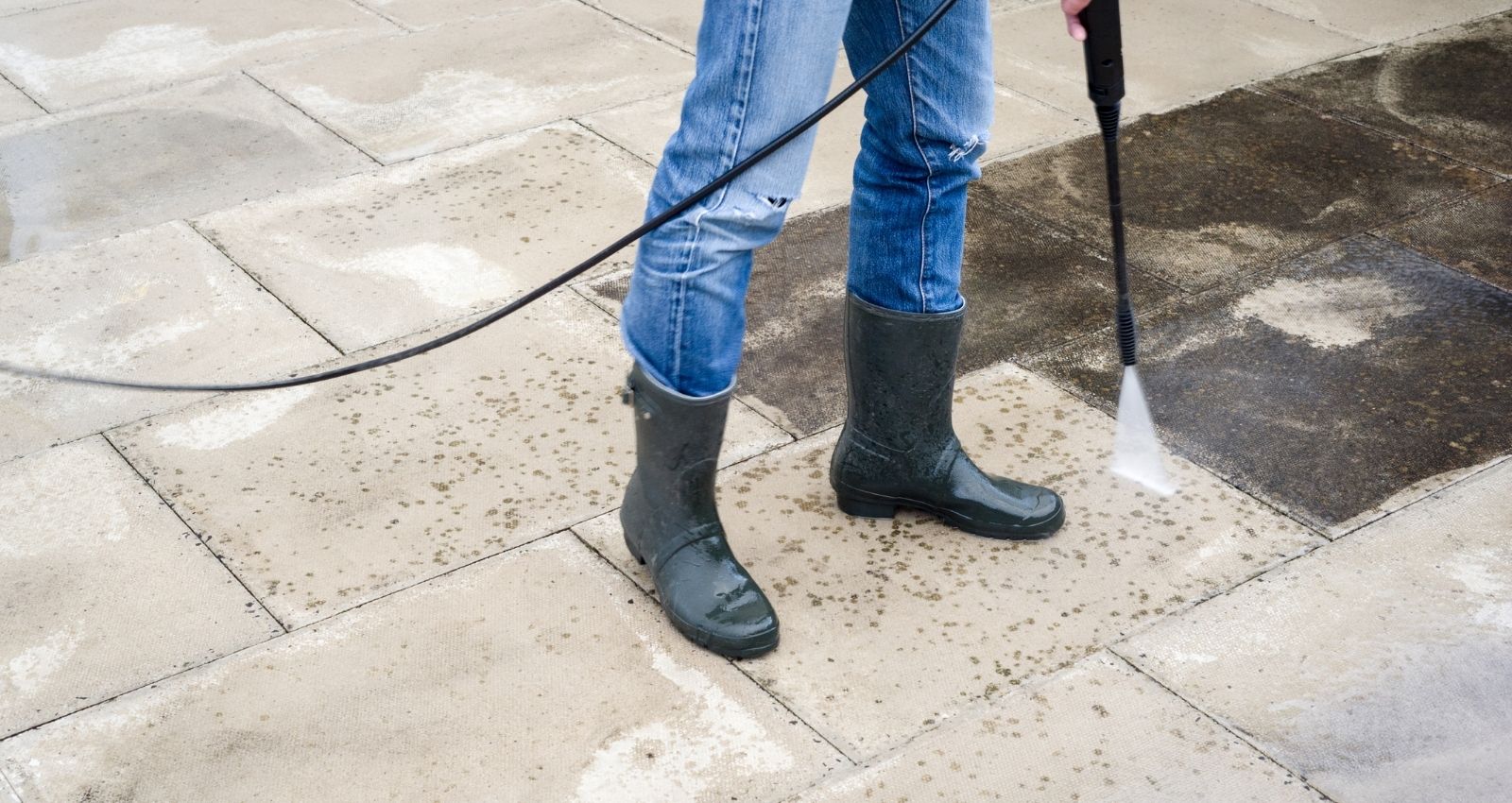
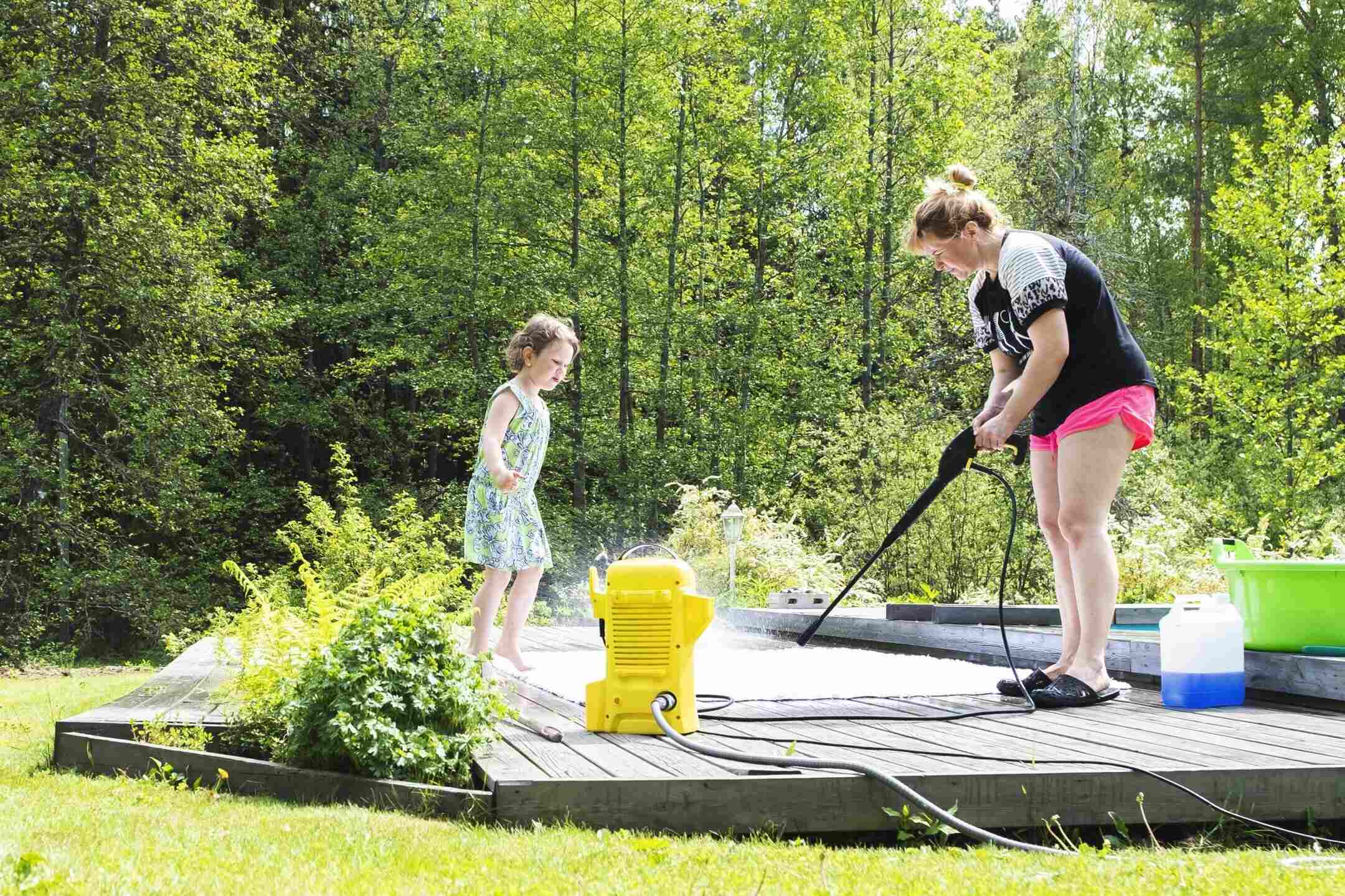
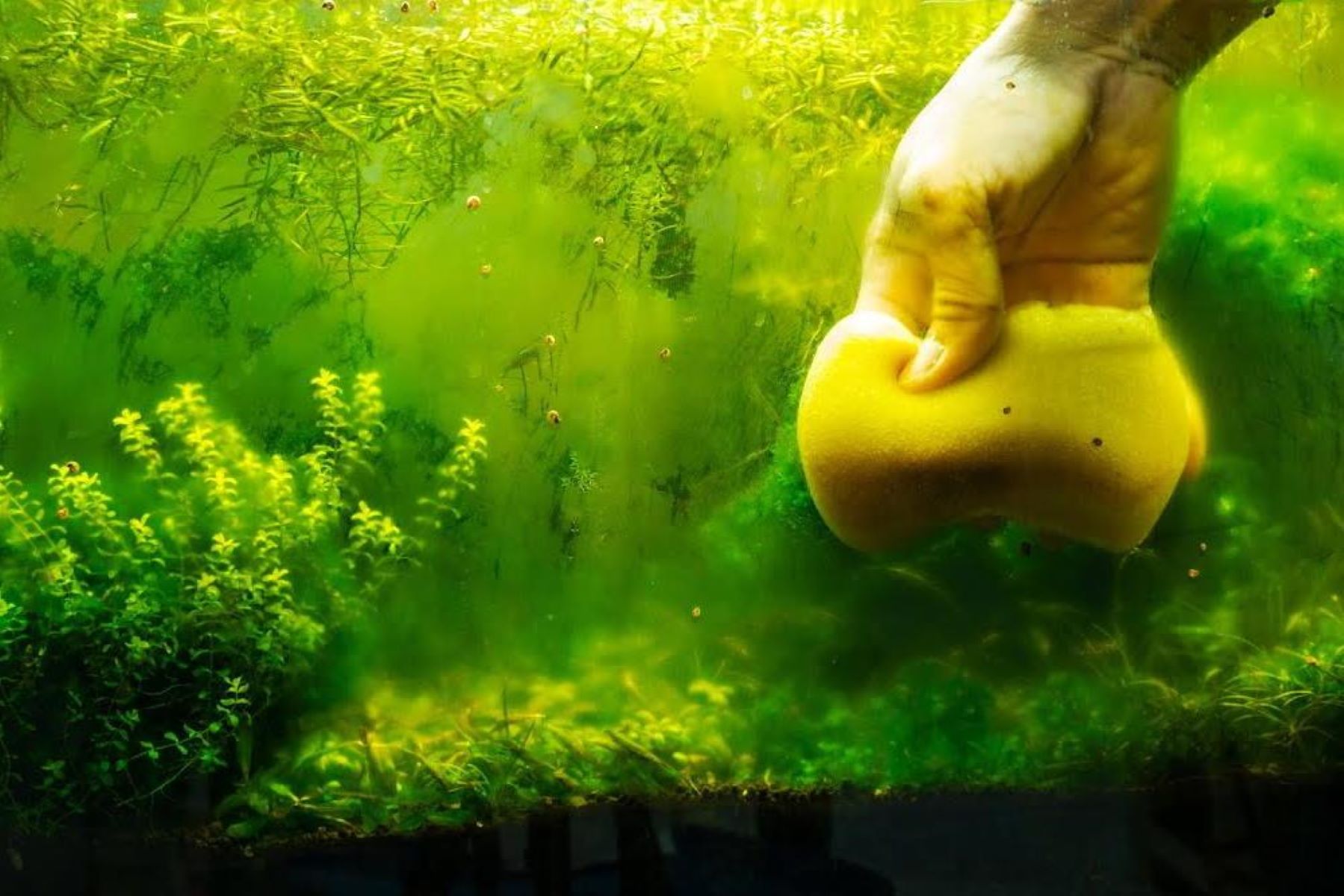
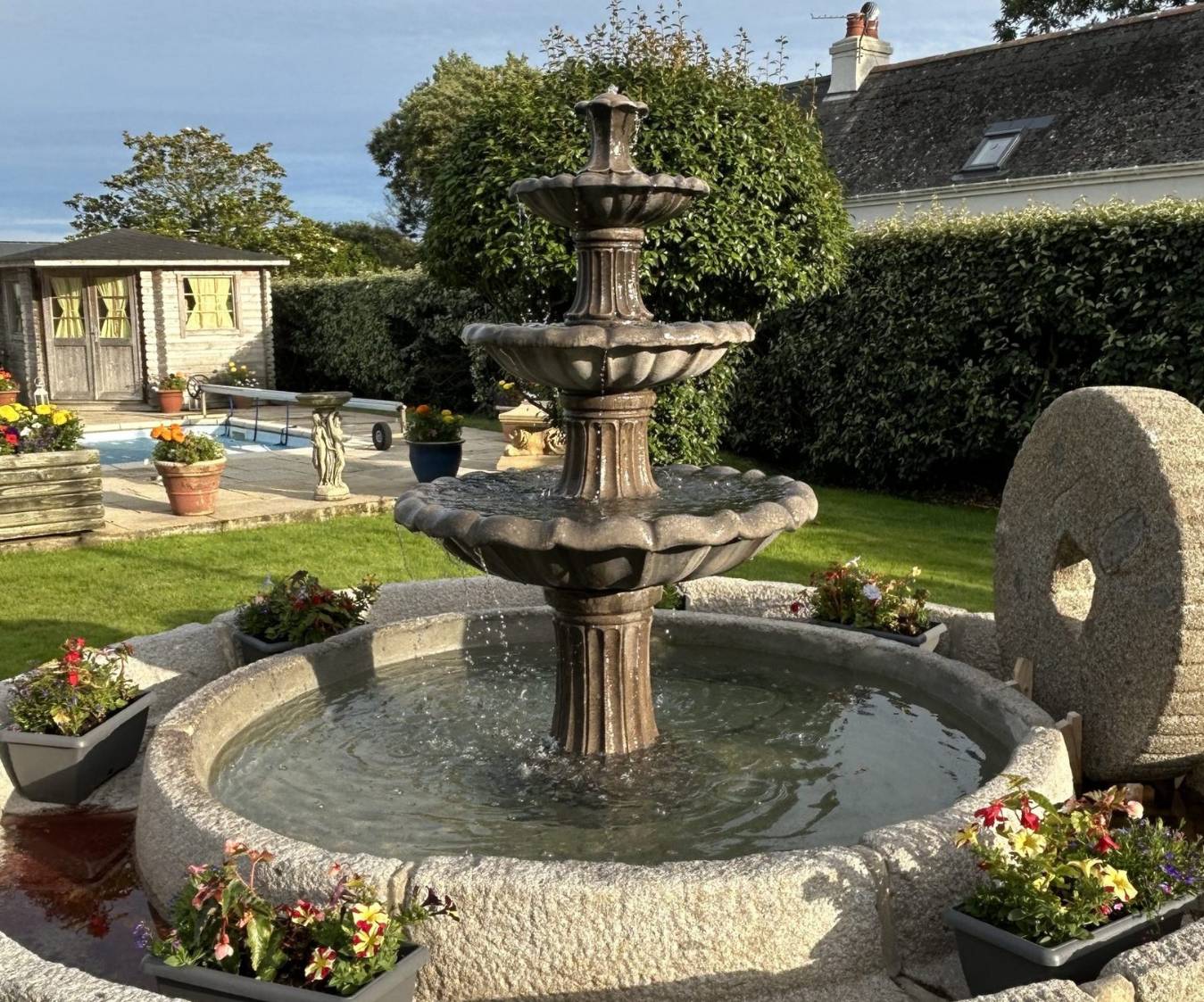

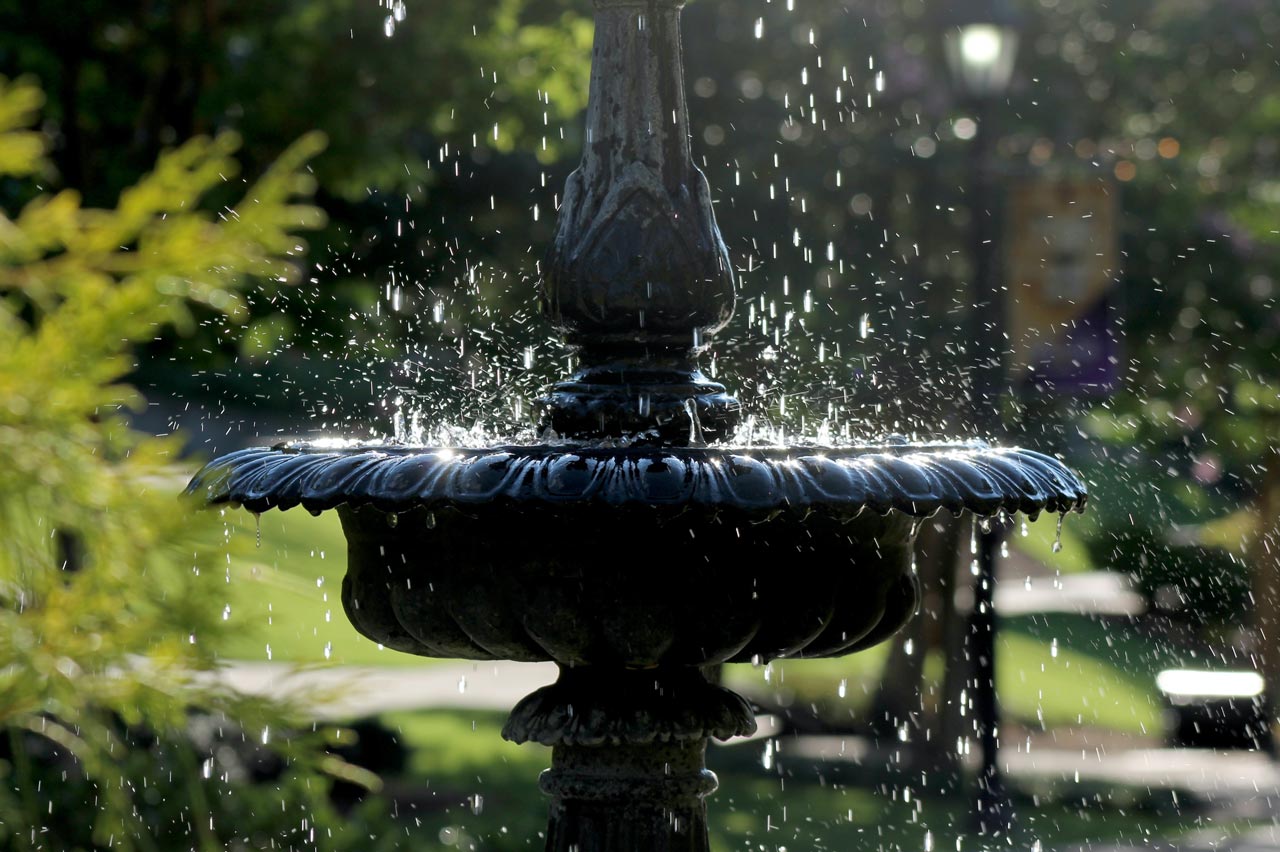


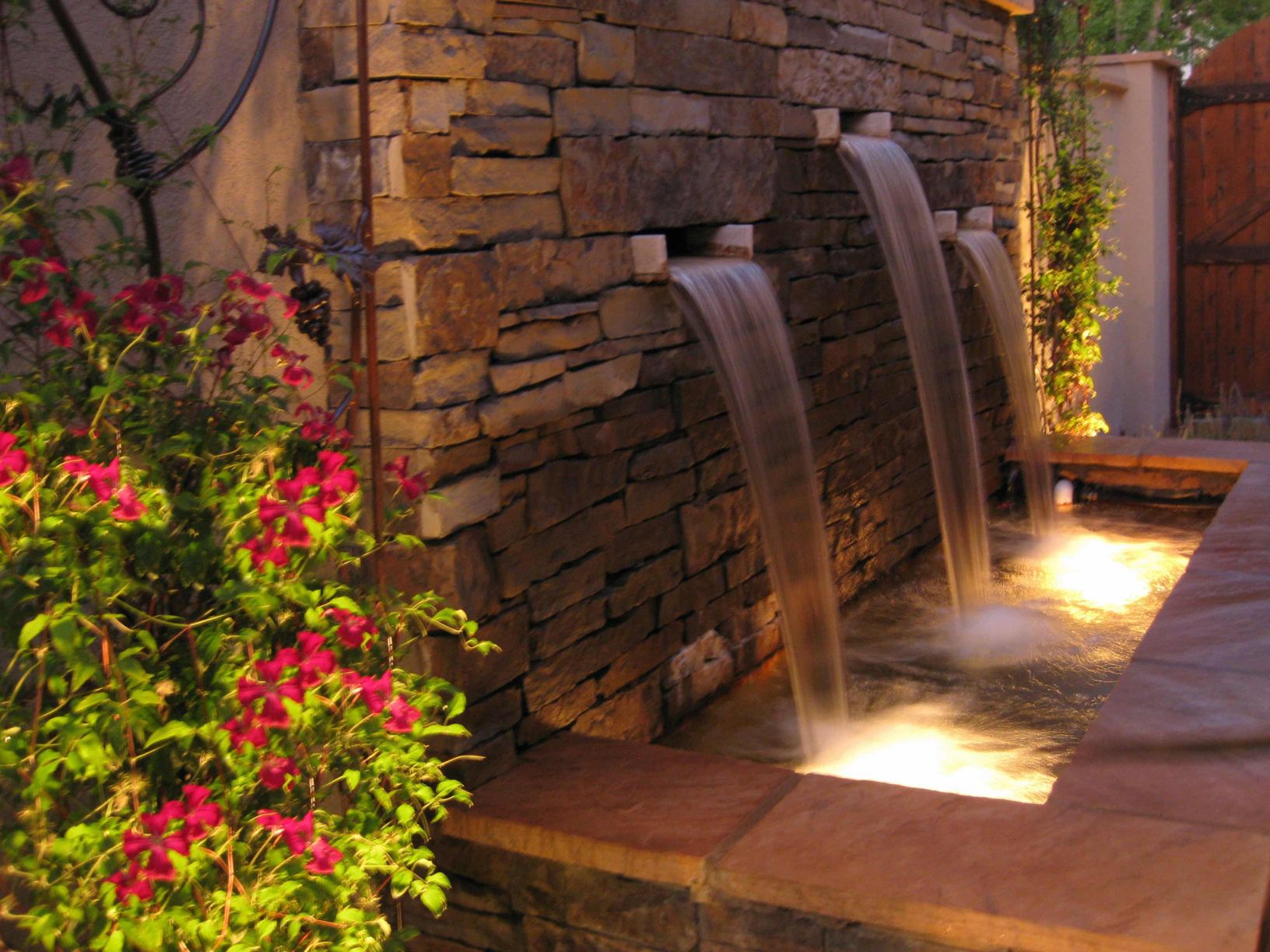
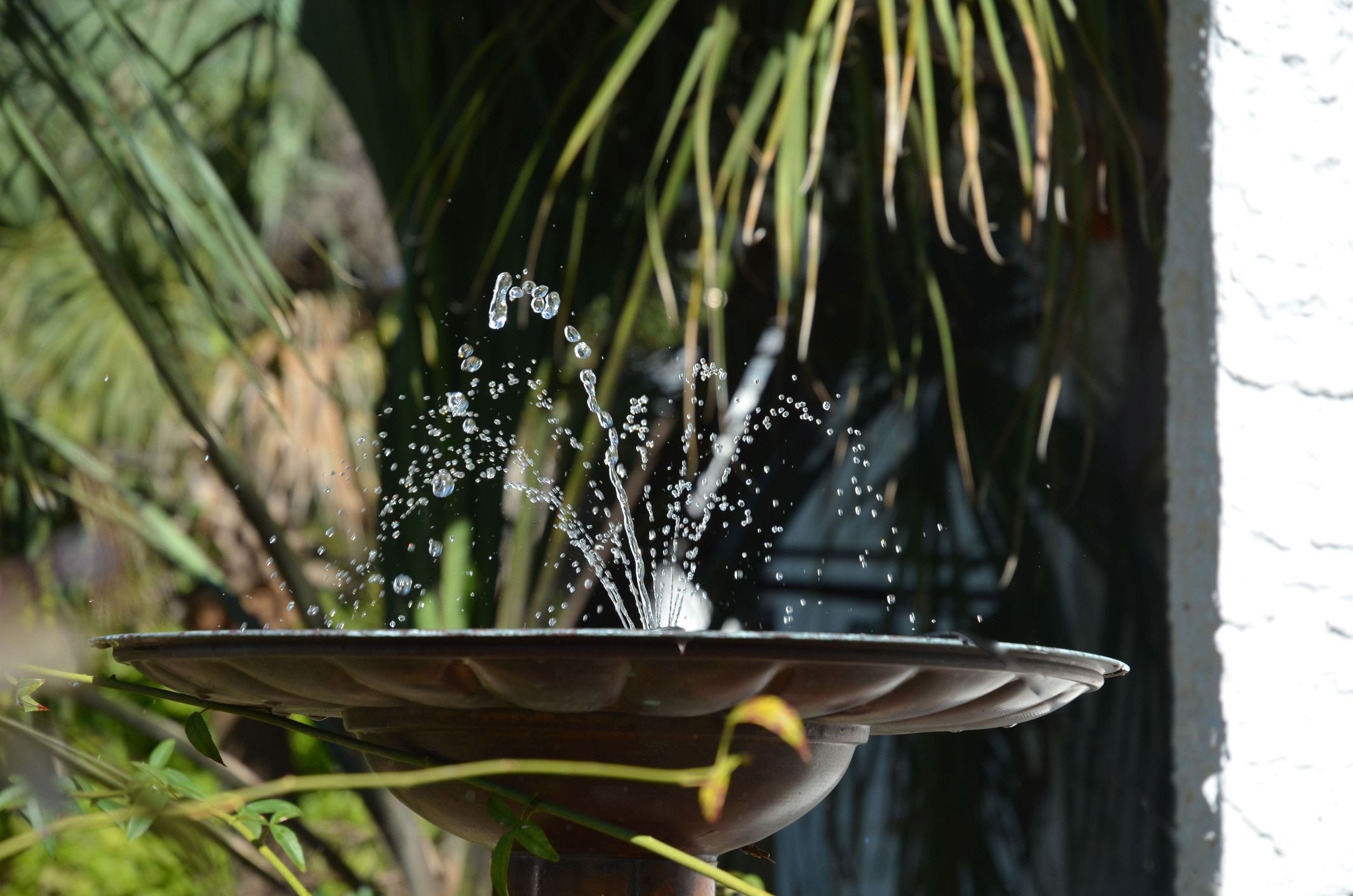
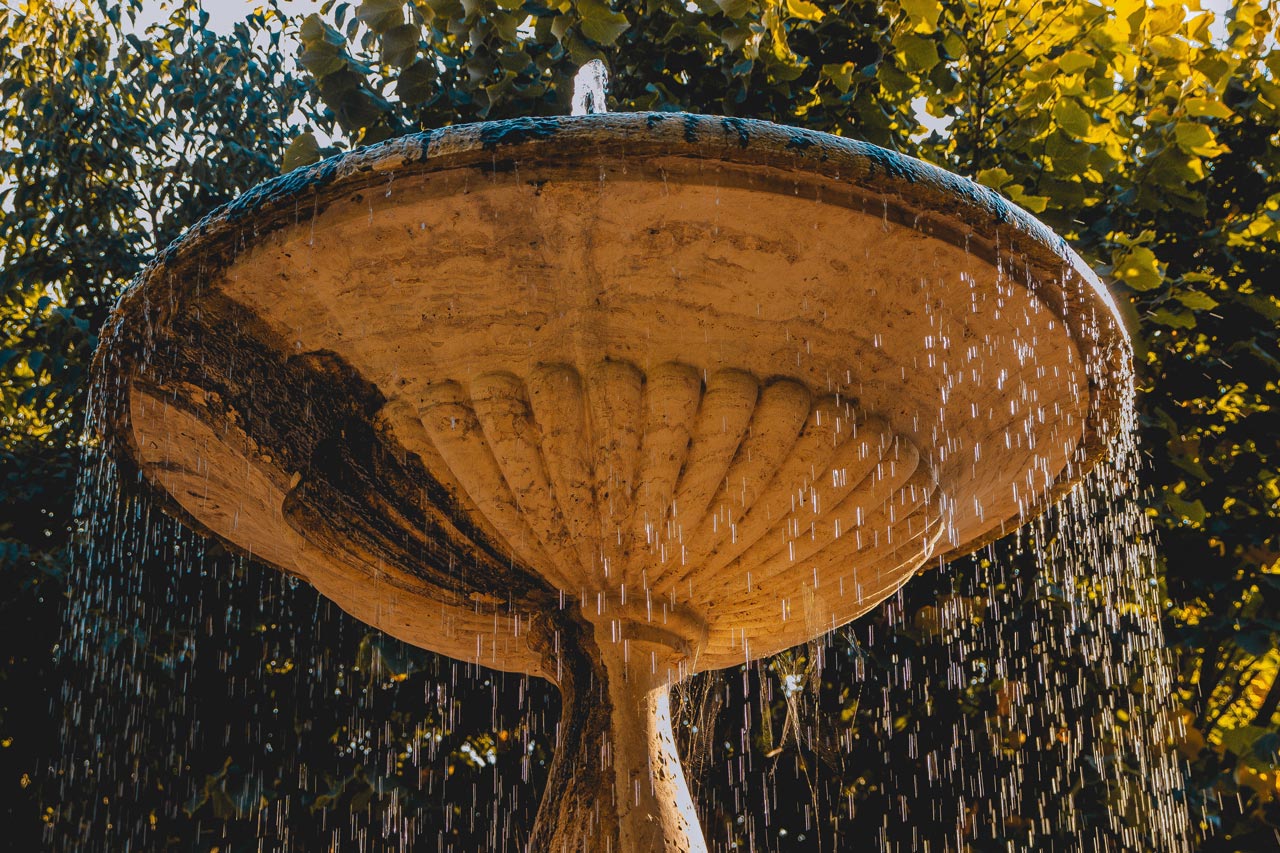

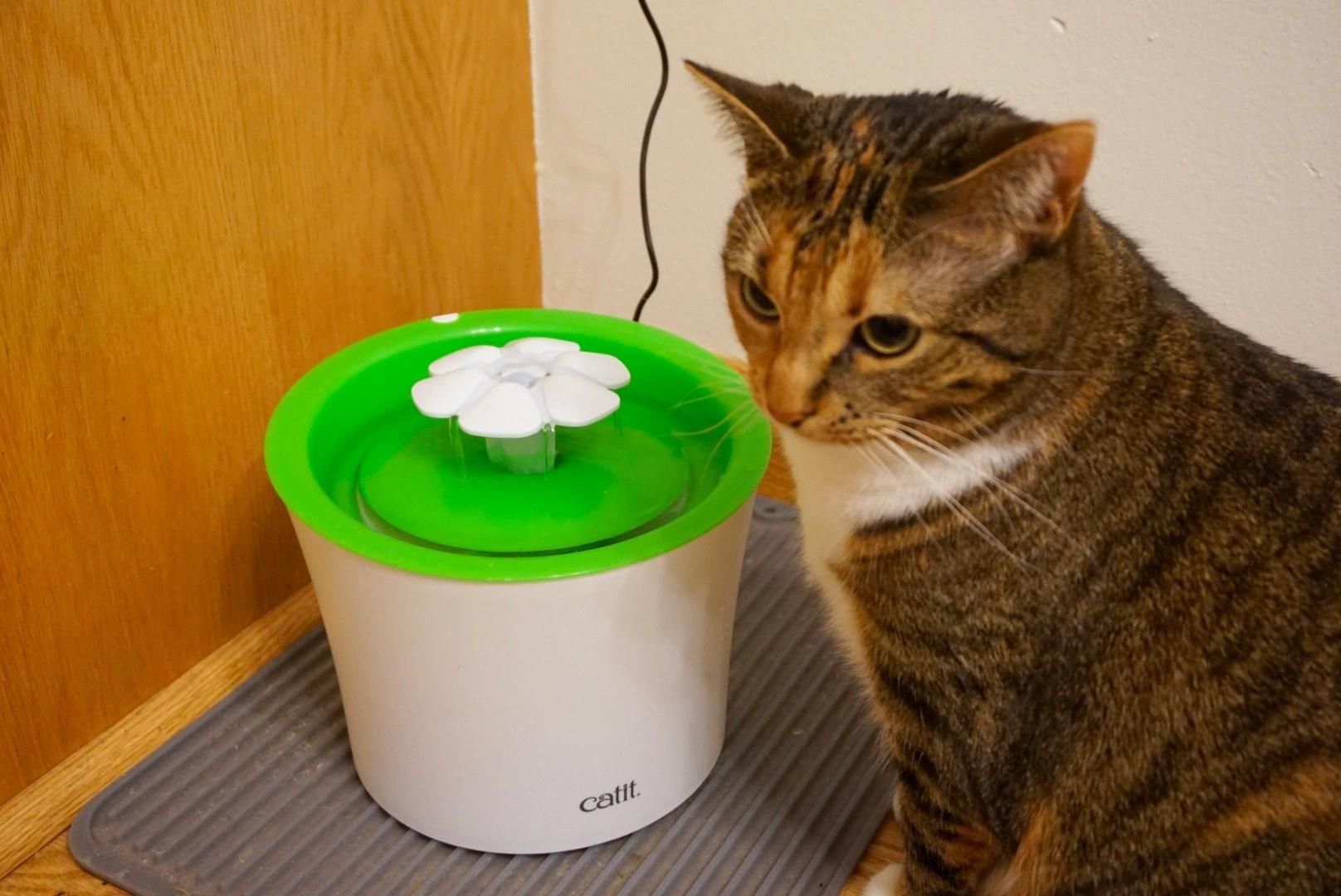

0 thoughts on “How To Remove Algae From A Water Fountain”